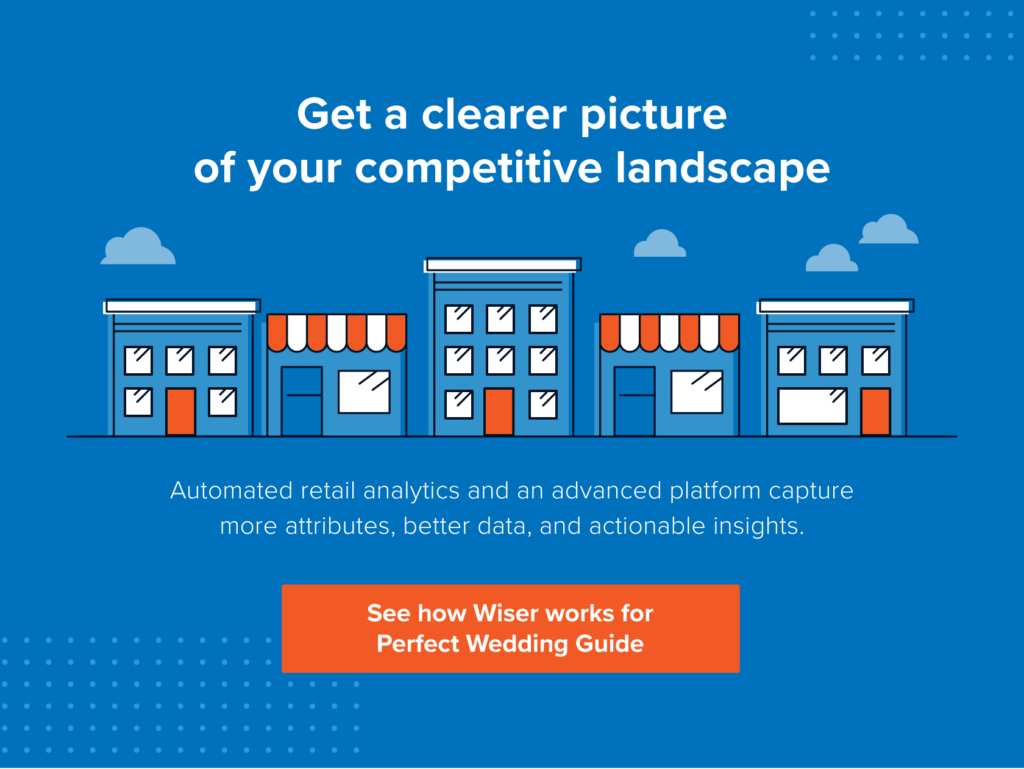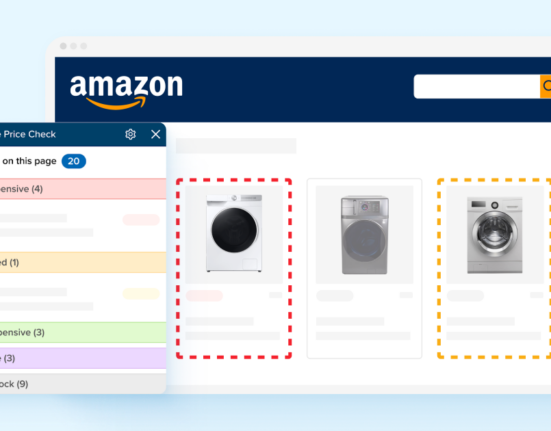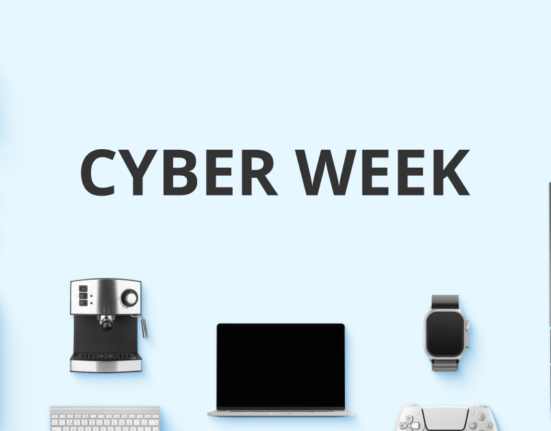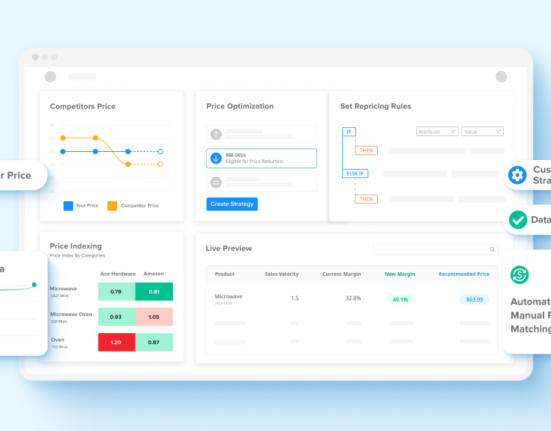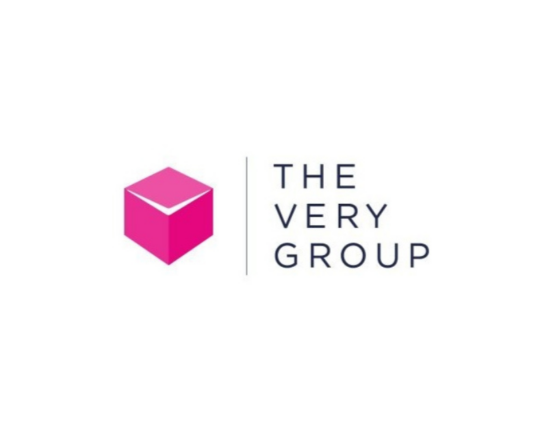Buying is not a simple transaction. It is an emotional process in which the consumer creates a connection with a product or a brand.
We tend to relate emotions to the heart, but don’t forget that what really rules our decisions is the brain. In a digital world, with more and more competition, the pricing strategy we are going to choose has a lot to do with marketing, specifically with neuromarketing.
There are several cognitive processes to take into account when making a purchase decision. A good psychological pricing strategy takes advantage of what has been learned from neuromarketing and these processes to increase sales and improve conversions.
Psychological Pricing
Do not make the mistake to think that psychological pricing is limited to $0.99 or certain advertising campaigns. There is much more psychology in the prices that surround us than it seems at first glance.
Some prices have a special impact on shoppers, and several studies on consumer perception analysis have been used to define the most effective psychological pricing strategies.
Buying is not a simple transaction. It is an emotional process in which the consumer creates a connection with a product or a brand.
Odd Prices
Our brain better processes prices that aren’t round figures. Some studies suggest that odd prices are more difficult to remember, but in practice, consumers are more likely to accept odd prices than even prices.
Specifically, the best prices are those ending in the numbers 9 and 5. This is no coincidence. When reading a price, we tend to remember only the first figures, so a price such as 59.95 € or 59.99 € will make us think of 50 € instead of 60 €, despite being only a few cents away.
Standard Price
There are products that have a price that seems to be frozen in time and does not change. For example, we rarely question the price of a newspaper or a magazine. We don’t think about it—we simply accept it and pay it.
In these cases, it is challenging to change the price as a seller. It would have to be changed to a similar price to offset any negative impacts on the consumer.
Round Price
This strategy is usually used for lower-priced products. For instance, the kings of the round prices are snacks. Seeing the €1 round price on a bag of chips will make us much more likely to buy it.
There are also stores that specialize in this type of pricing, offering everything at €10 as an example. In this case, the customer is not thinking much about the quality of the product. If they think that what is offered is worth more than 10 €, they will automatically perceive it as a good opportunity and will be more likely to buy.
Relative Price
This strategy is influenced by both the price and the location of the product. A t-shirt at 25 € will be perceived as cheap if it is displayed next to t-shirts at 50 €, but seen as expensive if it’s around t-shirts at 10 €.
This is a very interesting point. Consider what’s around your products when you set up displays, assign them to categories, or market them on Amazon or Google Shopping.
Prestige Price or Perceived Value
If something is expensive, it’s high quality. This statement is so embedded in our psyche that even without comparing the features of a product we assume that expensive is better.
Consumers with higher purchasing power will automatically be attracted to higher prices. On a psychological level, it is a way of reaffirming their status beyond the actual quality of the product, since the most expensive is not always the best.
A good example is the private labels in a supermarket. The “branded” product can be worth up to three times as much, but we buy it anyway because we think it is better. The funny thing? In most cases, it is the same product made by the same manufacturer.
Maximum and Minimum Prices: The Mid-Range
As a general rule, consumers prefer mid-range prices. The personas that are attracted by the prestige price are a very specific niche. Most consumers instead focus on mid-range products. Not too cheap, to be sure, nor the most expensive.
This is why it is so important to have a look at what your competitors are doing to be in that mid-range (as long as costs allow you to do so). Psychological prices can change the course of sales of any product—what’s left is to understand which pricing strategy fits best with your products to start improving your sales.






